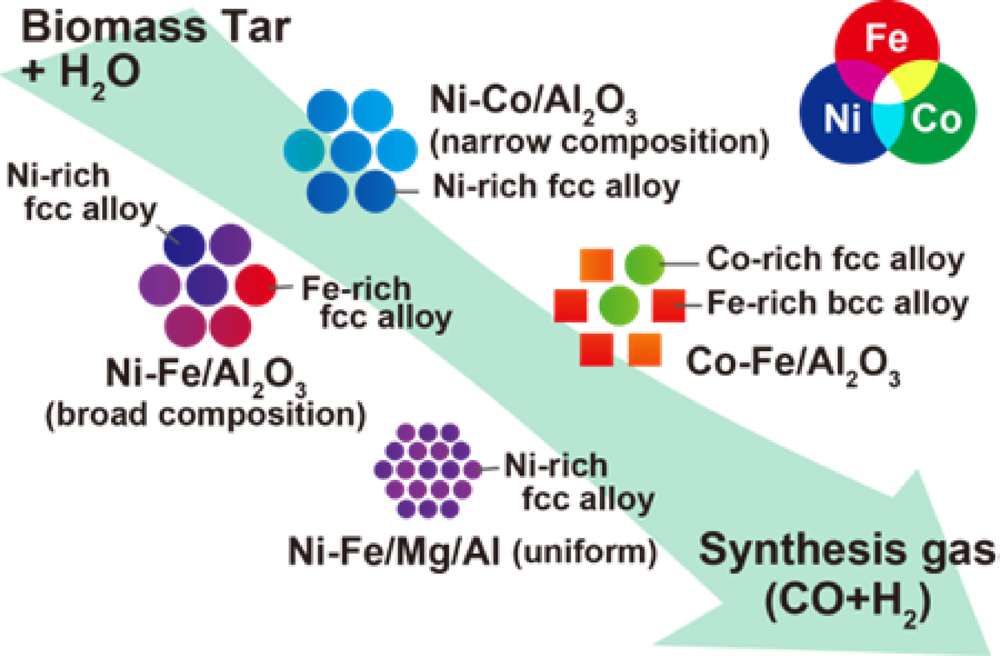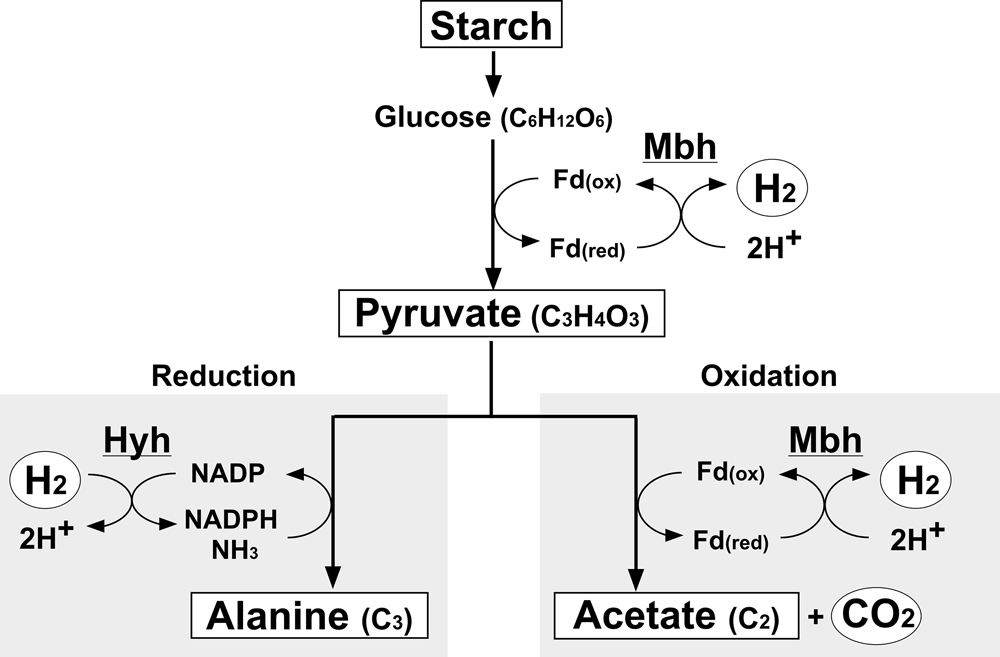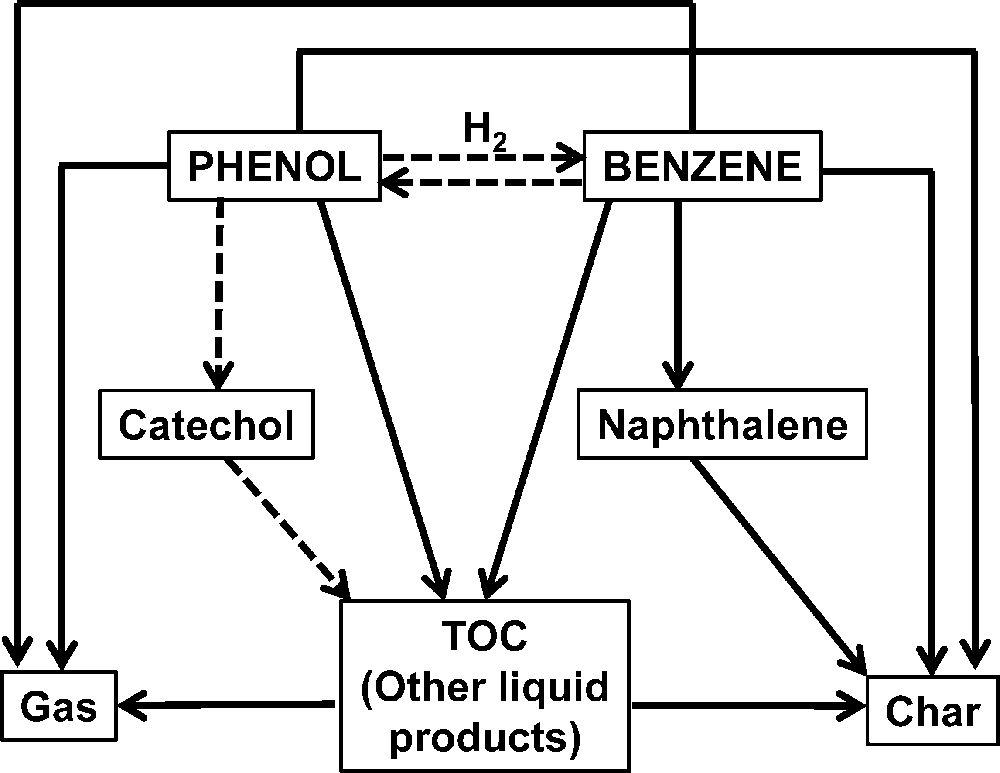Volume 56, Issue 5
Displaying 1-12 of 12 articles from this issue
- |<
- <
- 1
- >
- >|
Review Paper -Feature Articles: Hydrogen Production Technology-
-
Article type: Review Paper
2013 Volume 56 Issue 5 Pages 253-266
Published: 2013
Released on J-STAGE: November 01, 2013
Download PDF (4883K) -
Article type: Review Paper
2013 Volume 56 Issue 5 Pages 267-279
Published: 2013
Released on J-STAGE: November 01, 2013
Download PDF (4876K) -
Article type: Review Paper
2013 Volume 56 Issue 5 Pages 280-287
Published: 2013
Released on J-STAGE: November 01, 2013
Download PDF (2706K) -
Article type: Review Paper
2013 Volume 56 Issue 5 Pages 288-297
Published: 2013
Released on J-STAGE: November 01, 2013
Download PDF (2383K)
Review Paper
-
Article type: Review Paper
2013 Volume 56 Issue 5 Pages 298-303
Published: 2013
Released on J-STAGE: November 01, 2013
Download PDF (2974K)
Regular Paper
-
Article type: Regular Paper
2013 Volume 56 Issue 5 Pages 304-311
Published: 2013
Released on J-STAGE: November 01, 2013
Download PDF (624K) -
Article type: Regular Paper
2013 Volume 56 Issue 5 Pages 312-316
Published: 2013
Released on J-STAGE: November 01, 2013
Download PDF (682K) -
Article type: Regular Paper
2013 Volume 56 Issue 5 Pages 317-325
Published: 2013
Released on J-STAGE: November 01, 2013
Download PDF (3022K) -
Article type: Regular Paper
2013 Volume 56 Issue 5 Pages 326-330
Published: 2013
Released on J-STAGE: November 01, 2013
Download PDF (702K) -
Article type: Regular Paper
2013 Volume 56 Issue 5 Pages 331-343
Published: 2013
Released on J-STAGE: November 01, 2013
Download PDF (1292K)
Research Note
-
Article type: Research Note
2013 Volume 56 Issue 5 Pages 344-348
Published: 2013
Released on J-STAGE: November 01, 2013
Download PDF (434K)
Technical Report
-
Article type: Technical Report
2013 Volume 56 Issue 5 Pages 349-355
Published: 2013
Released on J-STAGE: November 01, 2013
Download PDF (1033K)
- |<
- <
- 1
- >
- >|












